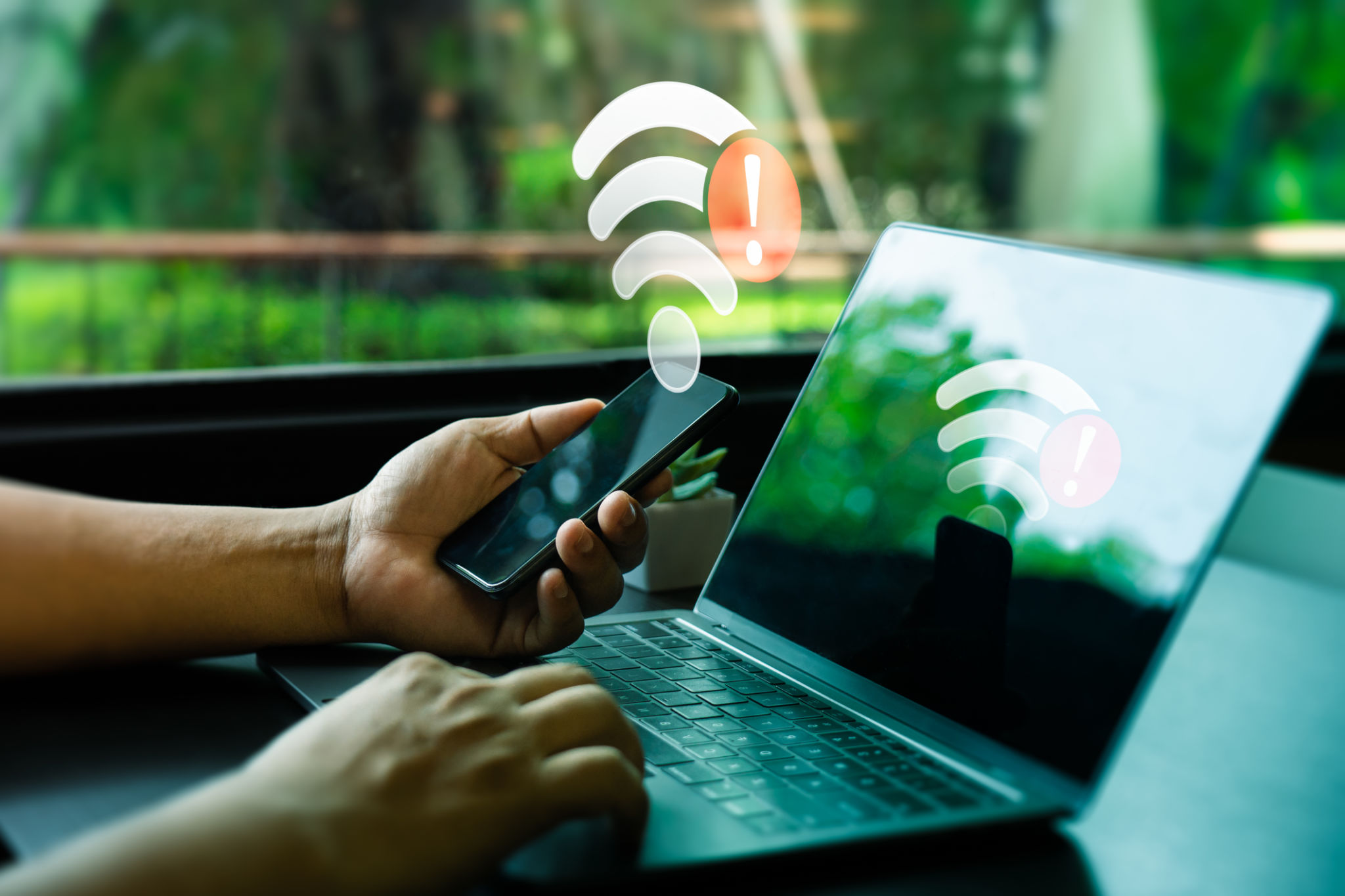Troubleshooting Common Technology Issues Faced by Seniors
Understanding Basic Device Operations
One of the most common challenges seniors face with technology is understanding basic device operations. Whether it's turning on a smartphone or navigating through a tablet, these simple tasks can become overwhelming. It's essential to start with a fundamental understanding of the device, including power buttons, volume controls, and touchscreen navigation.
For seniors, using a device with a simplified interface can make a significant difference. Many smartphones and tablets offer accessibility settings that can simplify the interface, making icons larger and menus easier to navigate. Encouraging the use of these settings can provide a more user-friendly experience.

Connecting to the Internet
Another frequent issue is connecting devices to the internet. Seniors might struggle with understanding Wi-Fi networks, passwords, and connectivity issues. To troubleshoot this, start by ensuring the Wi-Fi is turned on and that the device is within range of the router. Often, simply restarting the router or the device can resolve connectivity problems.
It's also helpful to write down network names and passwords in a convenient location for easy reference. Additionally, showing seniors how to check their connection status can empower them to independently troubleshoot connectivity issues in the future.

Managing Software Updates
Software updates are crucial for maintaining the security and functionality of devices. However, many seniors find update notifications confusing and may inadvertently dismiss them. To assist with this, explain the importance of updates and how they improve device performance and security.
Walk through the process of checking for updates and installing them. Encourage setting up automatic updates if available, which can minimize manual intervention and ensure their devices remain current.
Handling Email and Social Media
Email and social media platforms can be both a blessing and a curse for seniors. They offer ways to stay connected with family and friends but can also be sources of confusion due to frequent changes in interfaces and features.
To assist seniors in navigating these platforms, focus on teaching them how to compose, send, and read emails or messages. Highlighting key features like attachments or video calls can enhance their communication experience. Emphasize caution by teaching them how to identify spam or phishing messages to protect their personal information.

Ensuring Device Security
Security is a critical concern for seniors using technology. Many are unaware of potential threats like viruses or scams. Educate them on the importance of using strong passwords, recognizing suspicious links or emails, and installing antivirus software.
Consider setting up security features such as two-factor authentication for added protection. Also, remind them to regularly back up important data to prevent loss in case of a cyber incident.

Conclusion: Encouraging Continuous Learning
Finally, encourage continuous learning and exploration of technology. Seniors should feel empowered to ask questions and seek help when needed. Many communities offer technology classes tailored for older adults, providing an opportunity to learn in a supportive environment.
Remember, patience and practice are key when helping seniors troubleshoot technology issues. With the right guidance and resources, they can enjoy the benefits of modern technology without frustration.
